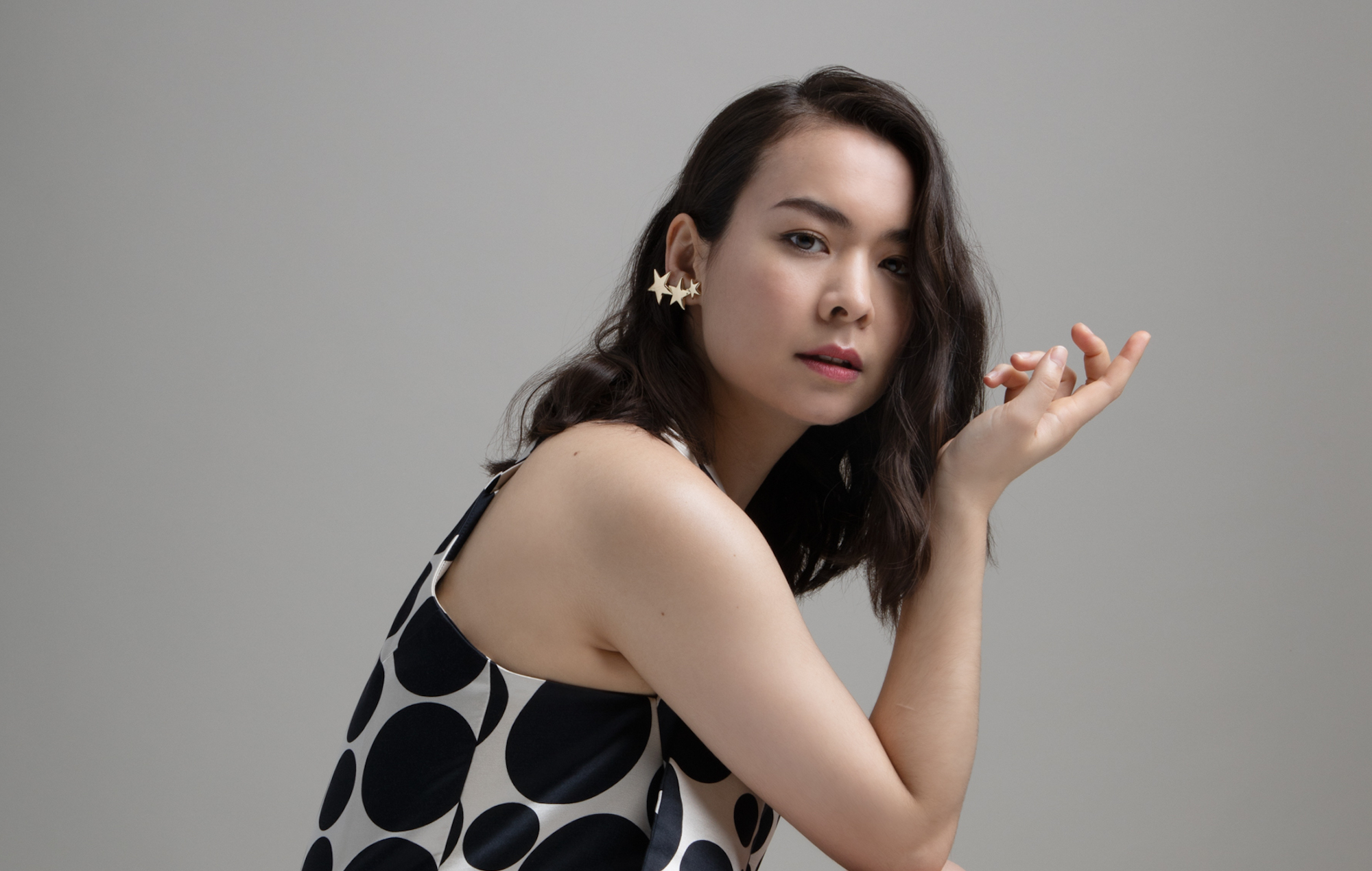Table of Contents Show
Mitski Miyawaki — or just, Mitski — has traveled a long road to get to the mountaintop of indie-rock, and now, pop(?) stardom she resides on today. From being a second opener for Lorde back in 2018 to headlining her own tours in 2022 (( “Mitski Concert History.” concertarchives.org, 2022. Accessed 29 April 2022. )), Mitski’s fanbase has steadily grown throughout the years, garnering millions of monthly listeners and a never-ending number of Twitter and TikTok stans to laud her work.
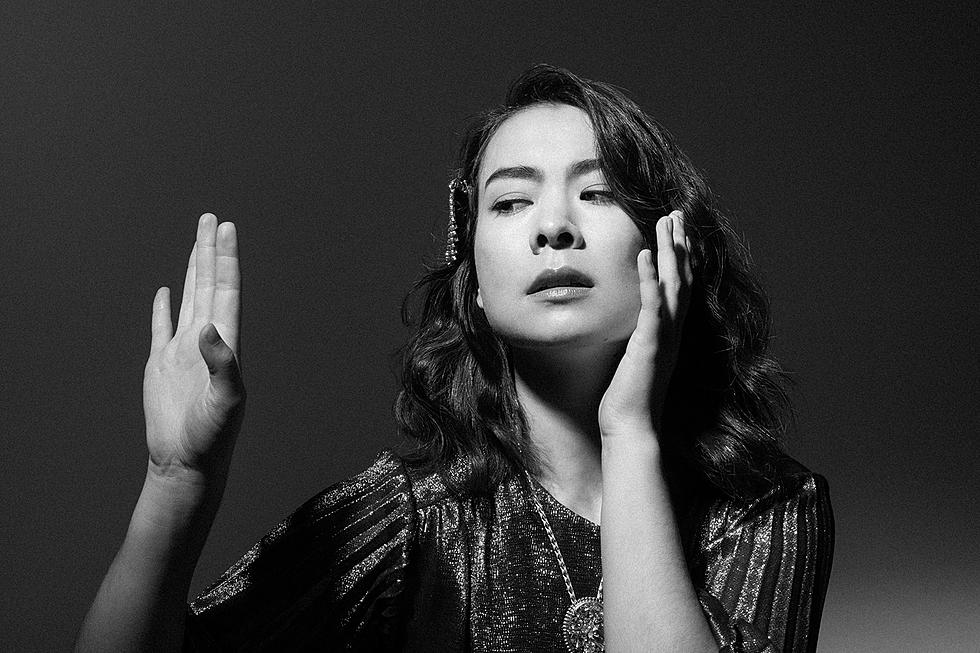
Even so, when it comes to Mitski’s music, professional opinion seems to — if not get it wrong — struggle to get it right, and nowhere is this more evident than with the critical response to her latest release, “Laurel Hell.” Could underlying aversions to pop as a genre account for this misunderstanding? Does Mitski’s identity as an indie-rock artist limit her regarding the critical sphere? Let’s take a look.
Journey into the Mainstream
Mitski’s first two releases, “Lush” (2012) and “Retired From Sad, New Career In Business” (2014), garnered minimal critical reception, but both were self-released, composed while she was still studying composition at SUNY Purchase College (( “Mitski Miyawaki.” Purchase.edu, 2022. Accessed 16 April 2022. )). In essence, the listener pool simply wasn’t large enough to constitute any mainstream critical traction at the time, but at a later date, the albums were described as “a beautiful stream of consciousness” and “impeccable composition,” respectively (( Herb, Jesse. “From ‘Lush’ To ‘Be The Cowboy’: Along For The Ride Of Mitski’s Evolution.” Atwood Magazine, 19 Oct. 2018. )).
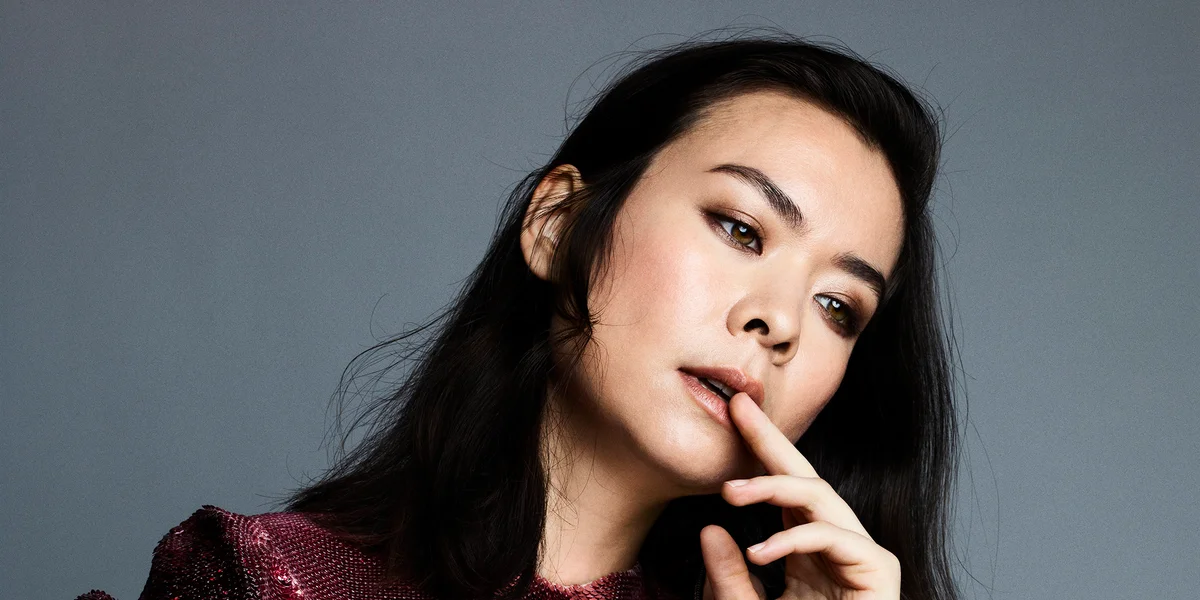
From this point forward, Mitski began her ascent into indie-infamy, solidifying herself as a singer-songwriter to look out for with her 2014 record, (named after a line from The Simpsons (1989-) (( “The Simpsons.” IMDB.com, 2022. Accessed 16 April 2022.)) ), “Bury Me At Makeout Creek.” Her album scored a solid 7.7 on a well-regarded music review site — “‘Bury Me at Makeout Creek” sounds like a breakthrough.'” (( Cohen, Ian. “Bury Me At Makeout Creek.” Pitchfork, 14 Nov 2014. )). Soaring higher, Mitski came out with “Puberty 2” in 2016 (( Mapes, Jillian. “Puberty 2.” Pitchfork, 22 June 2016. ))., and “Be the Cowboy” (( Moreland, Quinn. “Be the Cowboy.” Pitchfork, 17 Aug. 2018. )) two years later, both earning coveted “Best New Music” stamps with scores of 8.5 and 8.8. “Be the Cowboy” went on to top Pitchfork’s “The 50 Best Albums of 2018″ (( “The 50 Best Albums of 2018.” Pitchfork.com, 2018. Accessed 17 April 2022. )), with many still regarding the work as her magnum opus to this day.
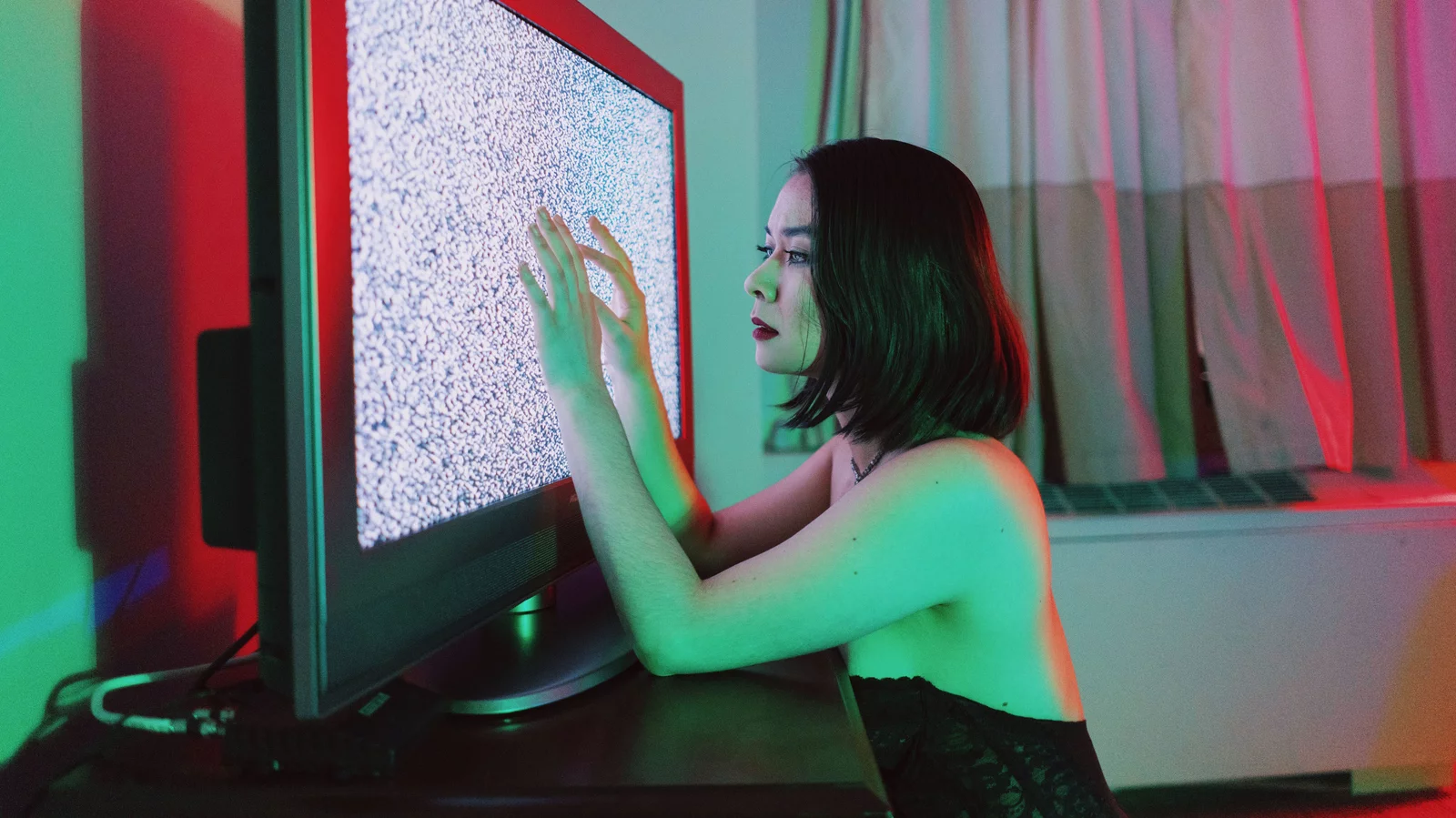
The game changer for Mitski visibility-wise came in the years that followed “Be The Cowboy”’s success, when video-making app TikTok made its debut. The social media site bolstered her fame even further, as her songs were frequently utilized in trending content. She shot from two million Spotify listeners to almost ten million during her 2019-21 hiatus from music (( Hughes, Mia. “Mitski Went on Hiatus for Two Years — And Still Became a Streaming Sensation.” Billboard, 2 Nov. 2021. )). She was gaining fans and stans, all while being absent from the public eye. On one hand, her musical talent was proven legitimate by a culture where the only irrefutable thing about fame is that it’s transient; however, on the other hand, her identity as an artist — the genres she expected to explore or stick to, the topic she was anticipated to address in her songs, etc… — was allowed to be shaped by forces other than herself.
“Sad Indie Girl” Qualms
Mitski never had an easy go with critics and audience overreach in the first place. She has been unable to dodge what many non-white femme artists struggle with, in having their musical complexities smoothed over under the guise of “diaristic” or “stream of consciousness” interpretations. “‘I was always bothered when people say, ‘I cry to your music, it sounds like a diary, it sounds so personal,’” she stated in a Pitchfork interview back in 2018, “‘Yes, it is personal. But that’s so gendered. There’s no feeling of, ‘Oh, maybe she’s a songwriter and she wrote this as a piece of art.’” (( Schnipper, Matthew. “Don’t Cry for Mitski.” Pitchfork, 12 July 2018. )). This comment pushed back against the reception of all her albums leading up to 2018’s “Be the Cowboy,” which in and of itself is a rejection of what she seemed to be collectively seen as — Mitski’s storytelling was at the forefront in this collection of songs, each track a playing out snippets from very specific, very different, lives.

In the past couple years marked by pandemic-perpetuated TikTok scrolling, Mitski has encountered a new, probably, unwanted ascription to the “sad indie girl.” Essentially a culmination of everything she tried to reject in “Be the Cowboy,” the “sad indie girl” is attributed to a musical artist whose main identifier is that they are femme, emotional, sad and unmistakably indie (( Geisel, Natalie. “Stop Expecting ‘Sad Indie Girls’ to Be Sad All the Time.” Lithium Magazine, 2 April 2021. )). With an overwhelming number of fans pushing this categorization, and the fact that Mitski was on a hiatus from social media for the better part of 2020-21, the label couldn’t stand to be corrected.
Then came 2022, and the release of Mitski’s latest, and last contractually obligated album (( Stiernberg, Bonnie. “Mitski Reluctantly Makes Her Return to Music With ‘Laurel Hell’.” InsideHook, 4 Feb. 2022. )), “Laurel Hell.”
“Laurel Hell” Is Unwavering
“Laurel Hell” is a bold move from Mitski. Gone are the old identifiers of her indie-rock sound — thrashing guitar strums and thumbing bass chords are traded in for beep-booping 80s-synths and psychedelic keyboards. It’s as though she took a peek at the state of her fans, her stans and critics-of-interest during her two years off and concluded that ‘sad indie girls’ were out, and dancing disco babes were in. “I needed to create something that was also a pep talk,” Mitski said, “like, it’s time, we’re going to dance through this.” (( “Mitski: Laurel Hell.” deadoceans.com, 2022. Accessed 17 April 2022. )).
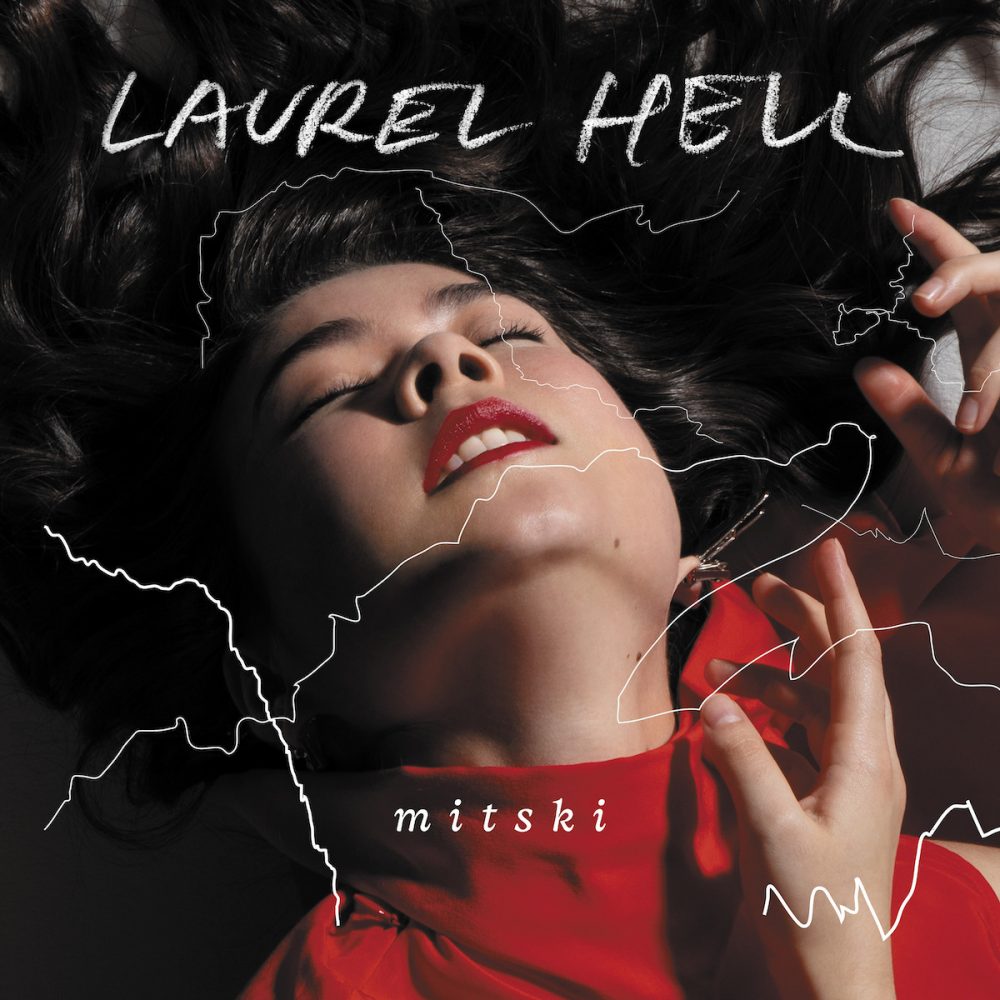
The album plays out like a night on the dance floor almost as if it’s picking up where “Two Slow Dancers,” — the closing track on “Be the Cowboy” — leaves off, only this time Mitski seems less preoccupied with refuting diaristic intentions, and more keen on letting a little of the personal in, using it to set the theme of “Laurel Hell,’ — an escape attempt from the mythically inescapable (( Leung, Yasmine. “The meaning of Mitski’s Laurel Hell is frighteningly beautiful.” The Focus, Feb. 2022. )) phenomenon that is fame. The element of confession is observed through every track, but a standout is “Working for the Knife,” a slow-moving song with a droning synth in the background that grieves the trade-in of artistic passion for capital gains,
“I cry at the start of every movie/ I guess ‘cause I wish I was making things, too/ But I’m working for the knife.”
(( “Working for the Knife.” genius.com, 2022. Accessed 17 April 2022. )).
Mitski sings, seemingly mirroring her real-world situation, contractually obligated to provide her label with an album instead of creating it on her own volition. She continues this long goodbye to music with her second to last track “I Guess,” a number overflowing with airy vocals, an encircling piano arpeggio and a choral-like staccato synth that compliments its bittersweet lyricism.
“I guess/ I guess/ I guess this is the end/ I’ll have to learn to be somebody else/ It’s been you and me since before I was me/ Without you, I don’t yet know quite how to live.”
(( “I Guess.” genius.com, 2022. Accessed 17 April 2022. )).
Here, it’s as though Mitski is employing her vague use of the word “you,” a technique she’s discussed before. “A lot of my songs are just about music and trying to pursue it, and not feeling loved by it. A lot of the ‘yous’ in my songs are abstract ideas about music,” she said in an interview in 2018 (( Schnipper, Matthew. “Don’t Cry for Mitski.” Pitchfork, 12 July 2018. )). So, “you” could mean music, or an audience, or a lover, but in following the thematic pattern of “Laurel Hell,” the former fits most neatly. How will the narrator continue without music? Can they even continue without it?
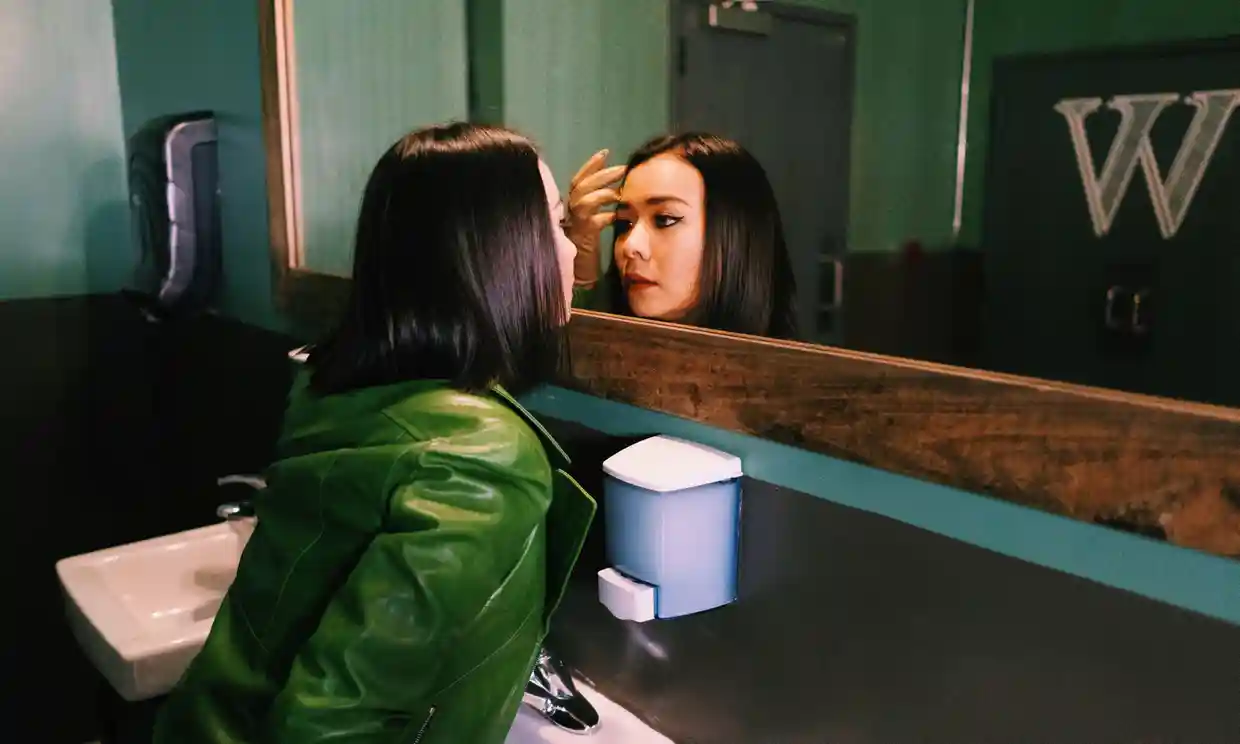
Along with songs addressing the looming end of her time in the spotlight, Mitski also seeks to make right on her commitment to reject any box she finds herself relegated to. With “Stay Soft,” she uses a bouncy and breezy bassline, packaging her lyrics about numbing sexual relations to an irresistible dance beat. There’s also “The Only Heartbreaker,” reminiscent of a-Ha’s “Take On Me,” with the 80-ist synths that ever synthed, and “Love Me More,” which starts off contained and then explodes into a frenzy of percussive energy.
The album ends with “That’s Our Lamp,” another danceable track that proselytizes the most important threads of “Laurel Hell” with sentimentality. Overwhelmingly sad admissions are only able to be said under the knowledge that a jubilant celebration awaits the narrator down their neighborhood street, even if they’re only listening to it happen around them, with no intention of joining in.
“We may be ending/ I’m standing in the dark/ Looking up into the room where you’ll be waiting for me/ Thinking that’s where you loved me/ that’s where you loved me.”
(( “That’s Our Lamp.” genius.com, 2022. Accessed 18 April 2022. )).
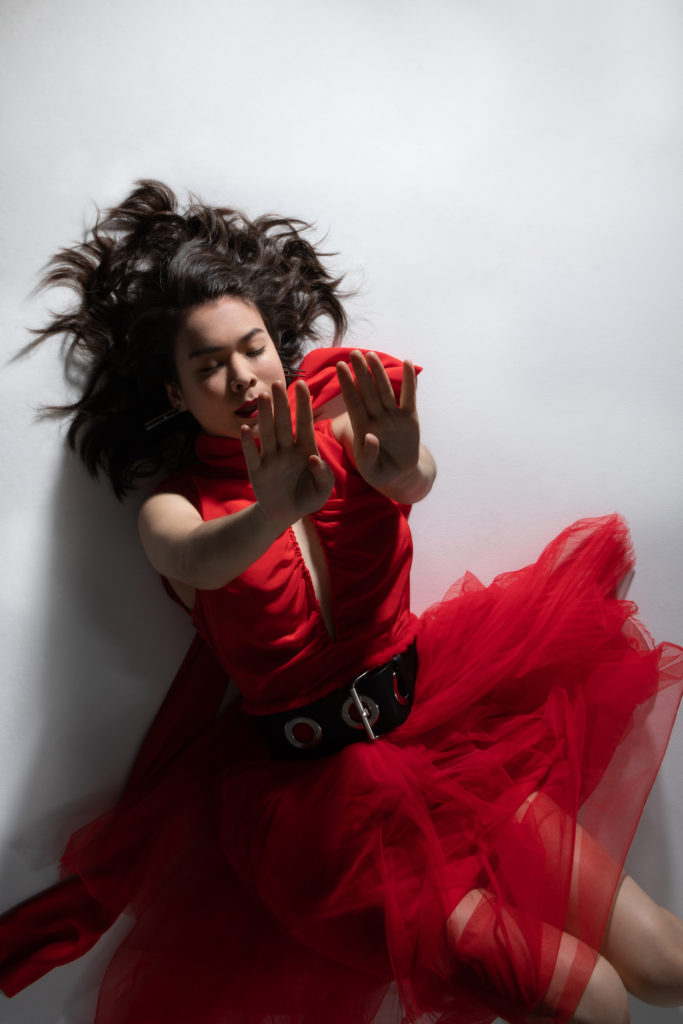
Directly following the second verse and chorus, the song explodes into the sounds of a homecoming marching band. Scales ascend, trumpets blare, cymbals crash and the clamor of people — shouts, screams, and laughter come together in happy chaos. Mitski’s stirring voice barely rises above it all, but does. She croons the outro, repeating the same line seven times, as the song fades away.
“Thinking that’s where you loved me.”
(( “That’s Our Lamp.” genius.com, 2022. Accessed 18 April 2022. )).
“That’s Our Lamp” closes “Laurel Hell” with a sonic block party that listeners can’t help but jump around to, even if the greater implications are that their narrator is saying farewell, finally “dancing it out”, or actually, off, into the sunset.

The Critical Reception Of “Laurel Hell”
Overall, “Laurel Hell” has received mostly favorable critical ratings, with many expressing the caveat that it isn’t Mitski’s best work to date, greatly due to her deviation in sound.
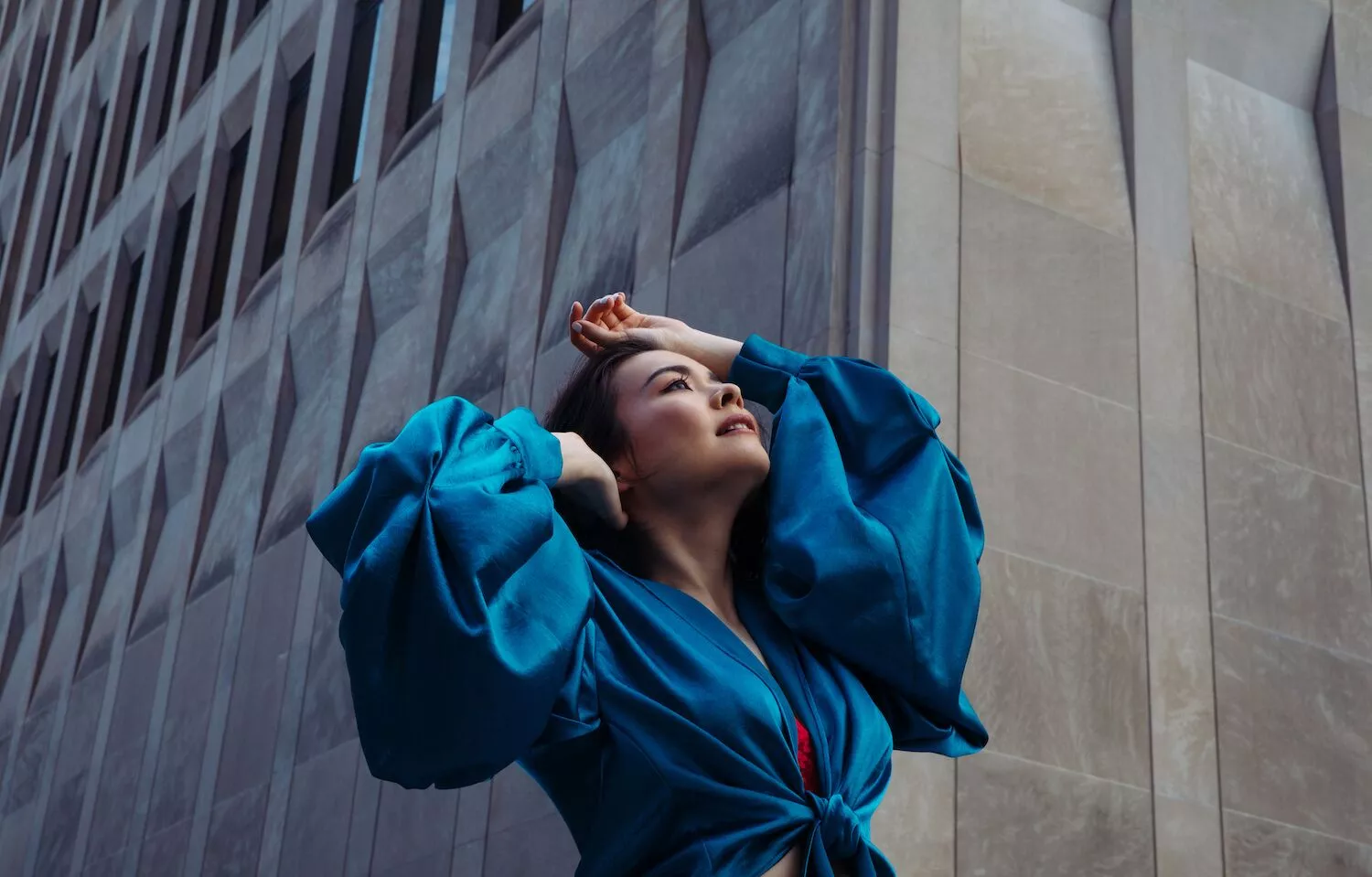
One particularly negative review from Slant calls the album a “mismatched 80s-inspired pastiche” and that, “Mitski embraces over-the-top cheesiness of 80s dance pop a little too thoroughly.” (( Winograd, Jeremy. “Mitski ‘Laurel Hell’ Review: A Mismatched ‘80s-Inspired Pastiche.” Slant, 31 Jan. 2022. )). Similar criticisms file in from other publications, namely Slate and Pitchfork, citing “diminishing uniqueness” due to her dive into 80s dance-pop (( Wilson, Carl. “Mitski’s Back, Not Quite Better Than Ever.” Slate, 7 Feb. 2022. )) and “Laurel Hell” as Mitski’s “most commercial-sounding work,” which the reviewer alludes to as puzzling, considering the fact that Mitski has always been headstrong about not letting the industry market her (( Zhang, Cat. “Laurel Hell.” Pitchfork, 2 Feb. 2022. )).
The Slant review goes on to praise Mitski’s songwriting in track 9, the spunky “Should’ve Been Me,” referring to it as a tune in which Mitski “recounts being a victim of infidelity,” (( Winograd, Jeremy. “Mitski ‘Laurel Hell’ Review: A Mismatched ‘80s-Inspired Pastiche.” Slant, 31 Jan. 2022. )) whereas Slate compares older tracks– “Texas Reznikoff” and “Nobody” — to songs on “Laurel Hell” of reminiscent names, “Valentine, Texas” and “Everyone,” stating “the [Laurel Hell] songs aren’t flattered by the comparison.” (( Wilson, Carl. “Mitski’s Back, Not Quite Better Than Ever.” Slate, 7 Feb. 2022. )). Heaping on a bit more, Pitchfork discusses how Mitski stated that, unlike “Be The Cowboy,” she didn’t want to “put up walls against the listener”; however “Laurel Hell” isn’t more “revelatory than its predecessor,” citing songs like “Should’ve Been Me” and “The Only Heartbreaker” as evidence of romantic storytelling (( Zhang, Cat. “Laurel Hell.” Pitchfork, 2 Feb. 2022. )).
Breaking Out Of A Box, Yet Again
“Laurel Hell” was born out of Mitski’s established pattern of using her art to prove wrong misconceptions. In “Be The Cowboy,” her objective was to showcase storytelling mastery. Despite popular belief, vivid metaphors and yearnful pleads didn’t just tumble out of Mitski’s consciousness and onto a piece of paper — it takes skill to write at the level she does. “Laurel Hell” seemed to have two closely-related goals, one being a refusal to pander to an indie-rock sound with a new, twisted meaning (i.e. “sad indie girl”), and the other being to express affliction for everything disingenuous that comes with the spotlight.
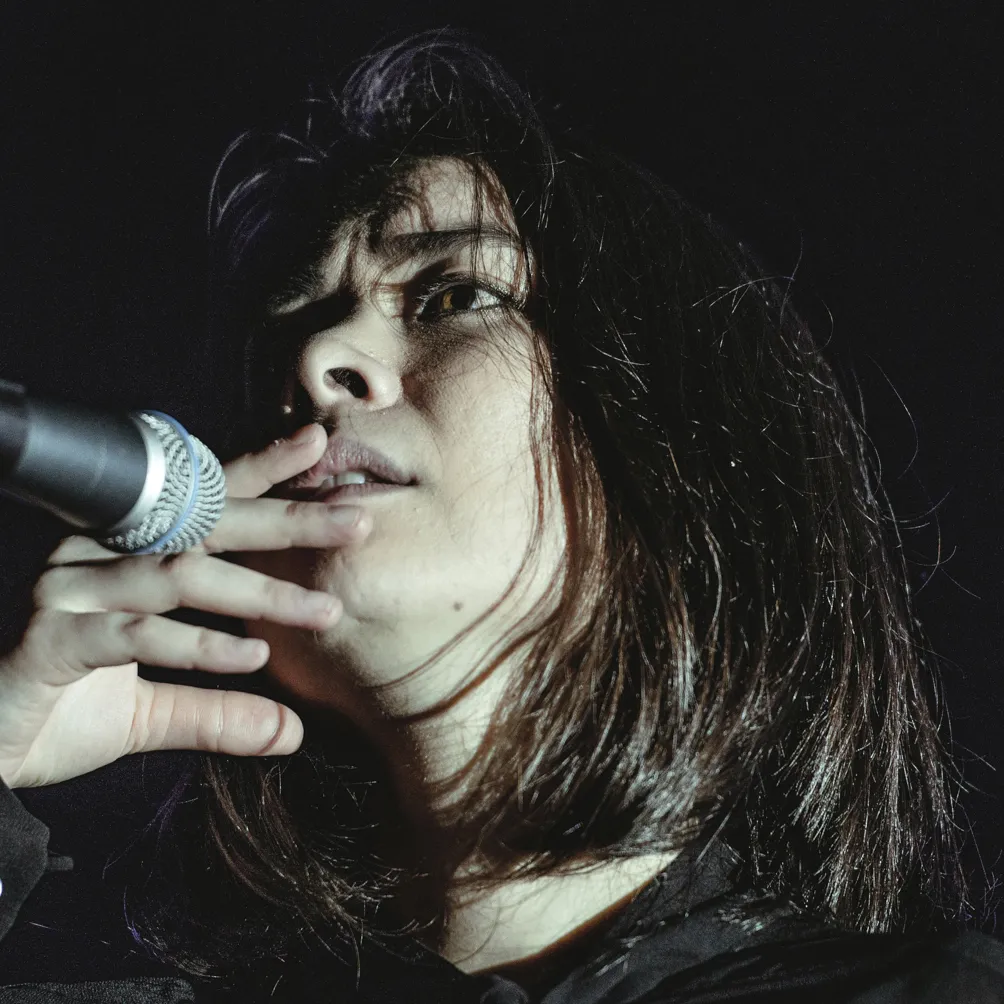
When reviews of “Laurel Hell” criticize a turn to pop as giving in to the mainstream, it’s important to keep in mind that Mitski carried out what she intended — keep things upbeat, and dance it out. Interestingly, she actually seemed to subvert what the majority expected of her and her identity as an artist, rather than pandered to them. Criticism of “selling out” and “giving in” seems to do more with what was potentially lost, rather than what was actually produced. As for lyrical themes, it’s possible reviewers did not take into account Mitski’s previous statements on her song-writing process, which, while not invalidating, is regrettable.
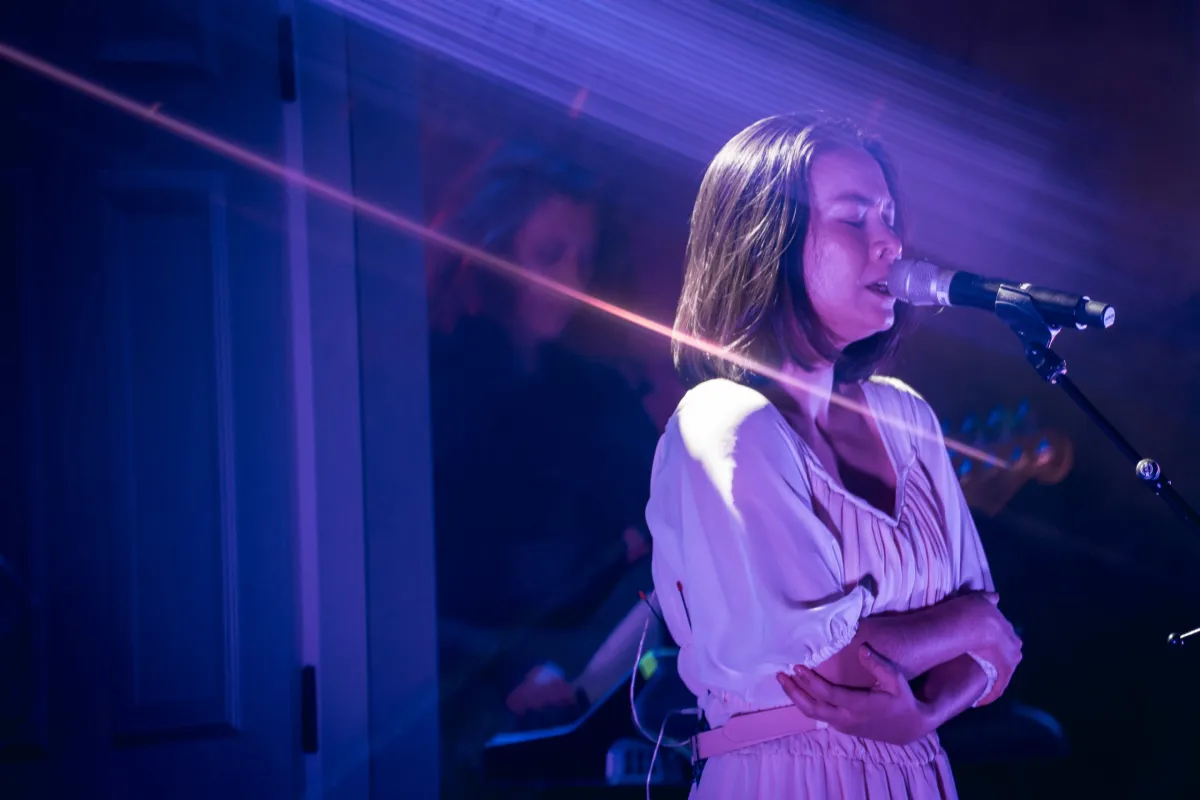
“Laurel Hell ” is cohesive thematically and has stellar, stunning production headed by longtime Mitski collaborator Patrick Hyland (( “Patrick Hyland.” genius.com, 2022. Accessed 20 April 2022. )). The album all falls into place when considering the most accessible of contexts, and although not a requirement for album reviewing, knowing the history of an artist can turn what may seem like confounding decisions into masterful ones.
